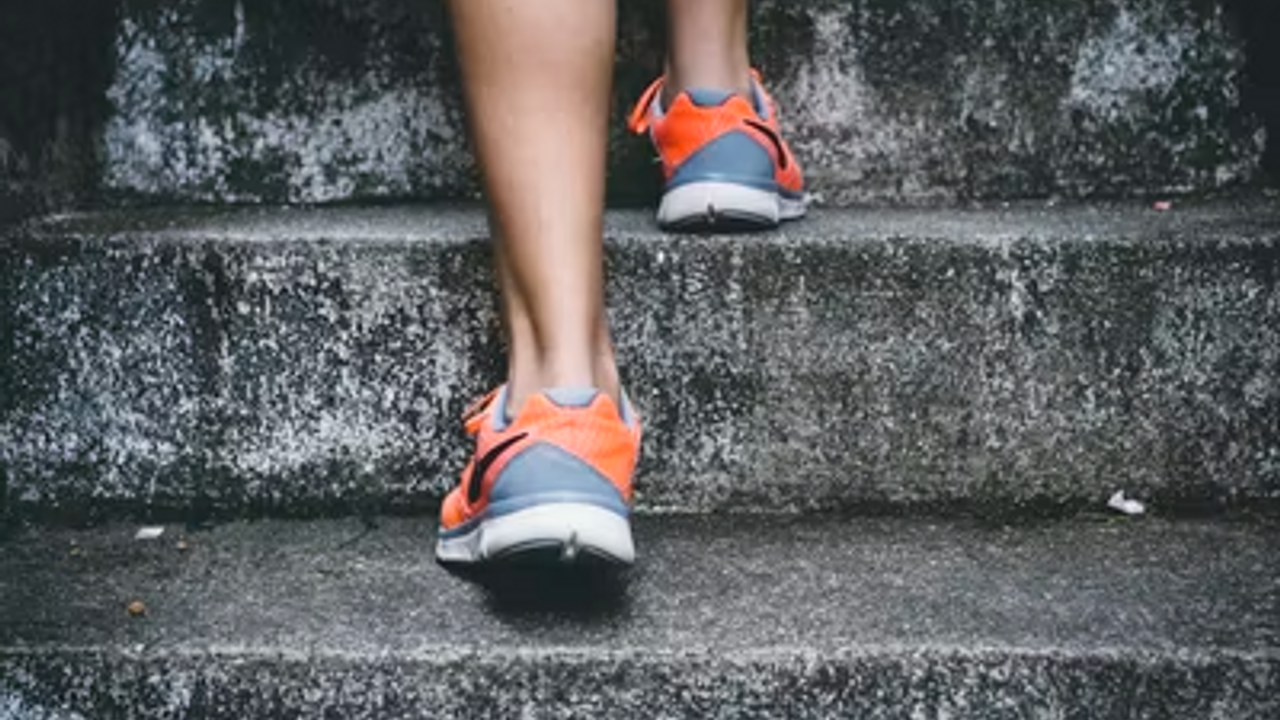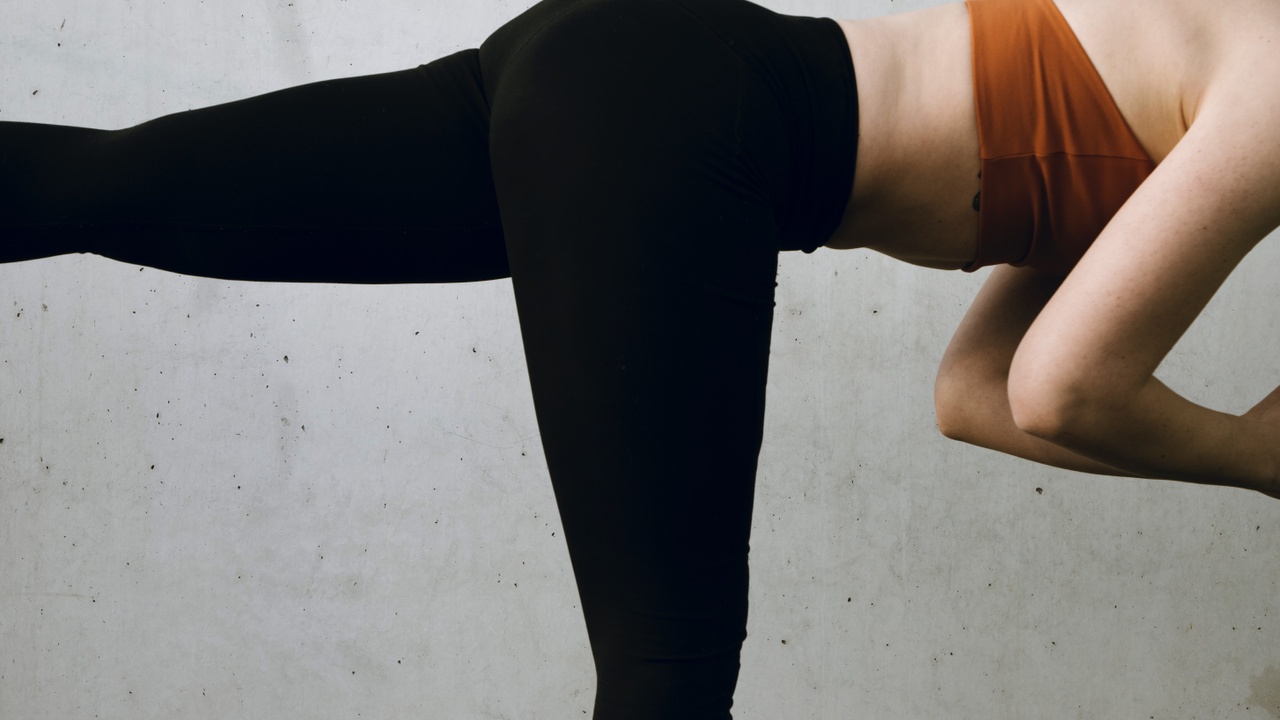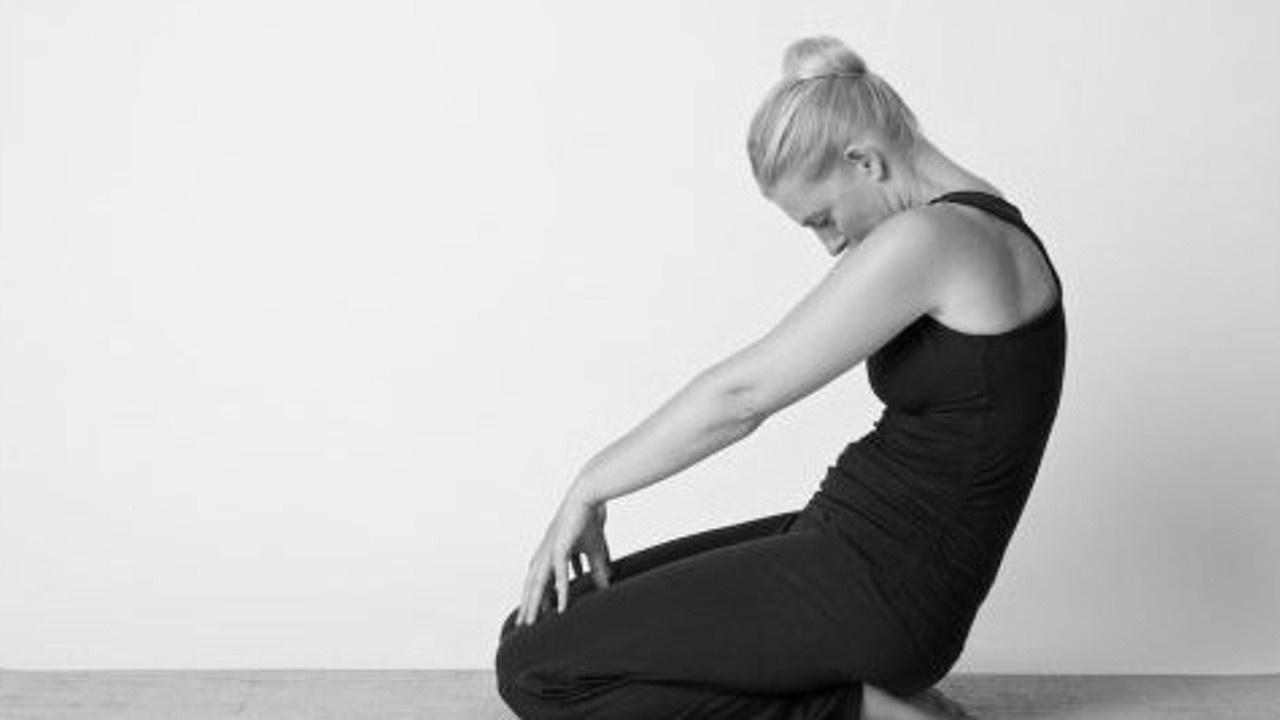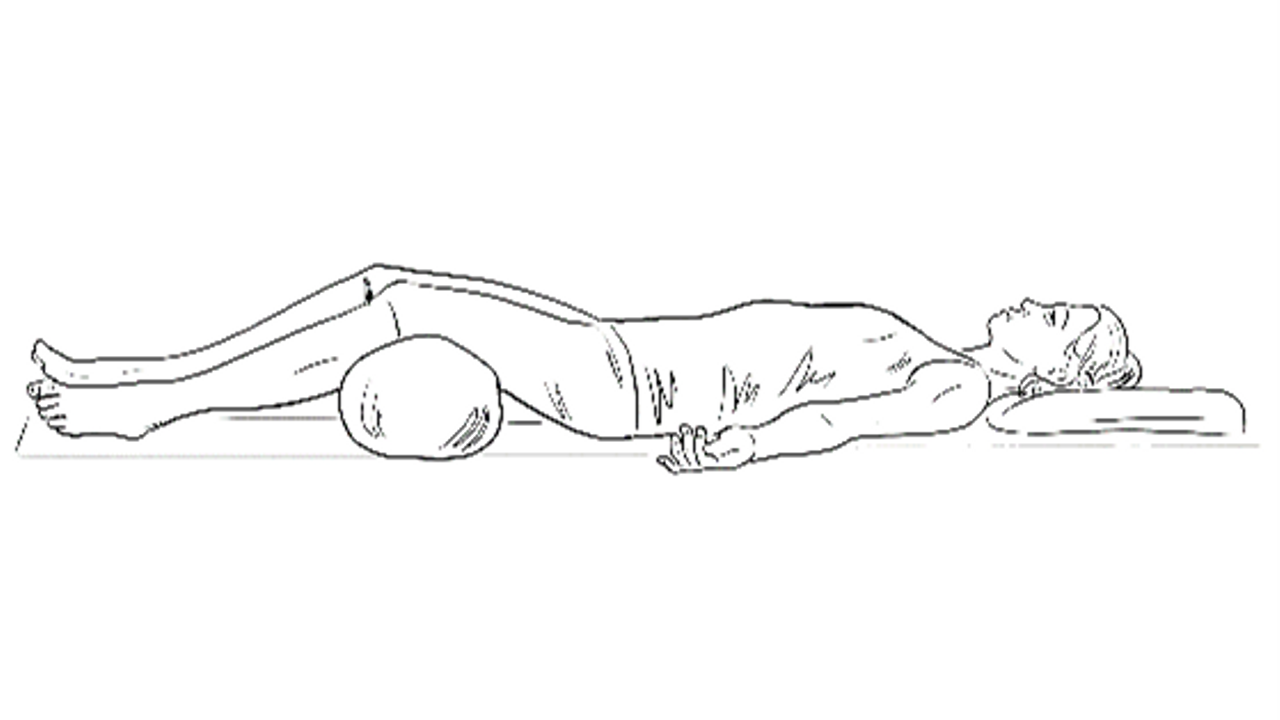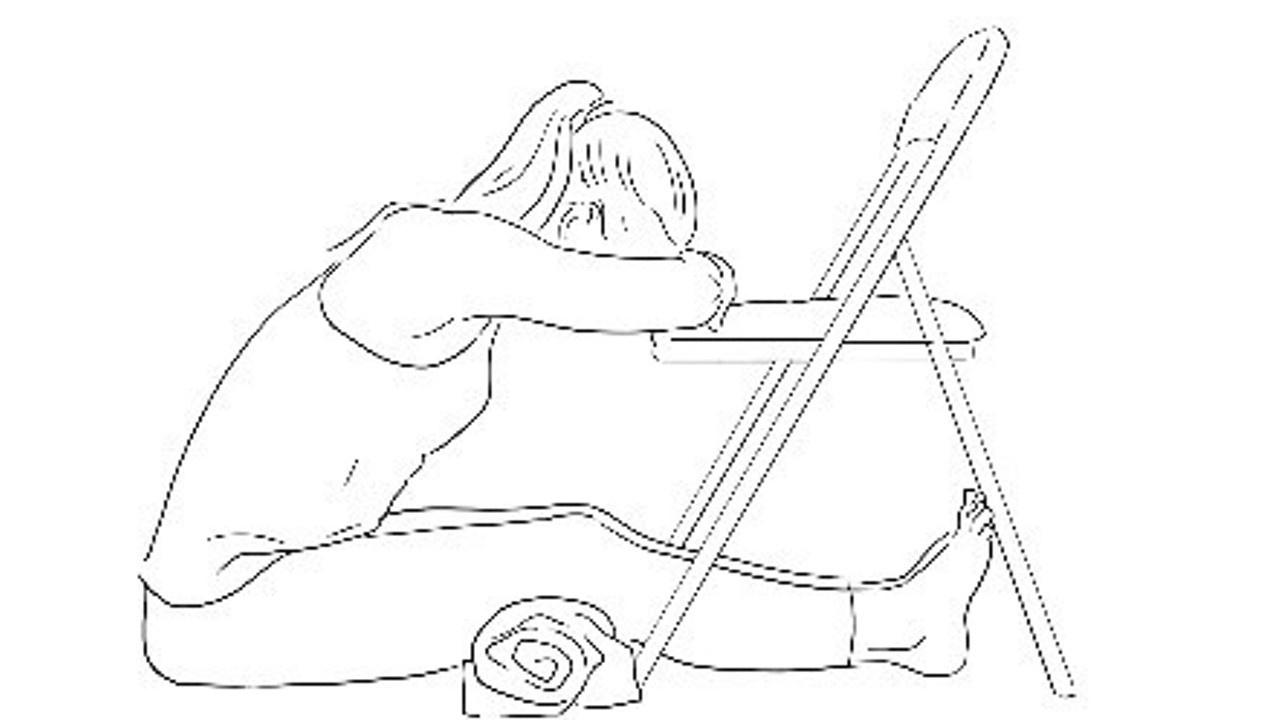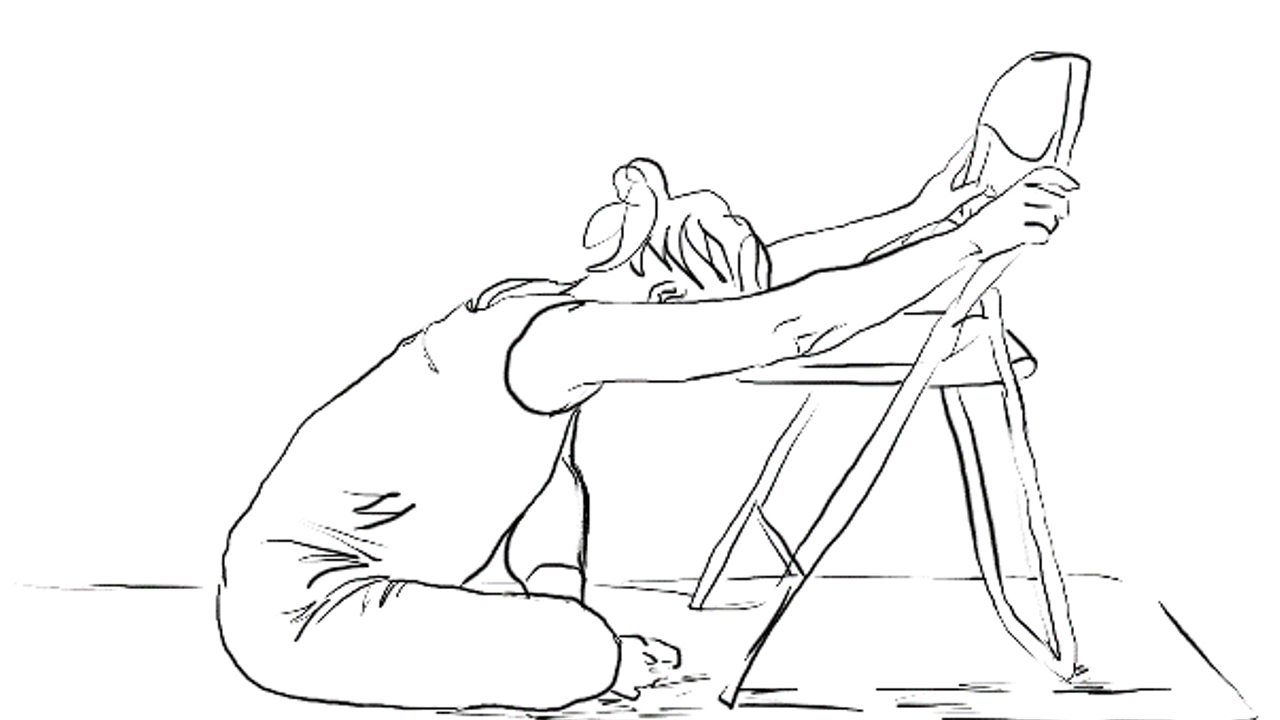In her book Yoga Therapy for Digestive Health, Charlotte Watts explains the connections between how we move, how we feel and the deep mind-body connections with digestive conditions. Here she explains how any form of conscious movement has the potential for unravelling the loss of internal movement and stress in tissues that play such deep roles in conditions such as IBS (irritable bowel syndrome), IBD (inflammatory bowel disease) and diverticulitis.
Five key digestive factors can be affected by trauma, chronic stress, sedentary habits and postural issues, and in turn relieved by some simple movements:
- Gut motility
Action throughout the whole digestive tract relies on peristalsis, a wave-like, spiralling muscular motion. This is the basis for ‘gut motility’, that if seized, interrupted or spasmodic, can be the basis for many digestive issues. The speeding up or slowing down of gut motility is a feature of Irritable Bowel Syndrome (IBS) where a go-slow means constipation and exc...
Central strength, vitality and mobility is not all in the abs. Connectivity from the feet, through fascia and up into the psoas is key to the core…
It is a phenomenon within Western medicine, that has subsequently been marketed within the fitness industry, to reduce the body to a series of different specialisms. A popular obsession is ‘core strength’, ‘core stability’ and ‘core work’. The most recognised definition of the core is the region containing the abdominal muscles, but to simply segment this area does not allow us to view our bodies as the web of continual motion that they are. A more systemic, whole-body way of looking at things has grown in recent years through the work of people like Ida Rolf[1], Thomas Hanna[2], Moshe Feldenkrais[3], and Tom Myers[4].
Deepening our understanding of our true core also allows us to expand beyond the concept of a mere body part to focus on when exercising. Feeling it as the central channel (sushumna) from where all of our movement originate...
How we can strengthen neural and physiological responses through cross-lateral connectivity practises…
If you’ve ever tried patting your head while rubbing your belly, you’ll have experienced cross-lateral (CL) connectivity: simultaneous, asymmetrical movement. This requires left-right brain integration; both hemispheres of the brain working symbiotically. In the example of head-patting and belly-rubbing, the CL movement is a limb from one side doing something different to those on the other side, but it can also include any movement that crosses over the midline, such as right hand touching left knee. In terms of yoga, this could be seen as another level of ‘union’, where body, breath and mind are drawn to centre.
Cross-lateral practises keep our neural pathways firing off, equally mapping across both directions. Where the movement pattern is familiar, it may feel smooth and integrated, but if it’s new and unfamiliar, practice and focussed attention may be necessary to get the flow ...
With more and more people facing life-threatening illnesses stemming from sedentary culture, yoga and movement teachers have a critical role to play
“Sitting is the new smoking” was a sensational headline which rippled through the news last year, but was this over-dramatic? Increasing evidence shows that it is worth examining issues facing our ever-increasing sedentary culture.
Most people, especially movement teachers and bodyworkers who see these issues across a broad spectrum of clients, associate long-term sitting with structural issues and pain. But there is also growing discussion around the correlation between increased sitting and metabolic and chronic, inflammatory conditions; often referred to as ‘diseases of Western civilisation’. A study of 4,811 British public servants was published this year[1], which followed people who were on average 44 years old, with no incidence of diabetes, heart or circulatory problems at the start. Over the next 13 years, 402 people developed d...
Yoga and Somatics for Immune and Respiratory Health – a sneak preview
After writing my last book Yoga Therapy for Digestive Health, I was already interested in expanding how its elements around the lymphatic system and microbiome linked in with yoga practices and health. This was timed with the first Covid-related lockdown and seemed to flow into a new course on Teaching Yoga for Immune and Respiratory Health. After the fifth round of this course is coming up (June 2021), it seemed a natural progression to follow this content and research into my next book – with the additional ‘Somatics’ in the title above (out early 2022 with Singing Dragon) as that much more accurately described the nature of the physical practice that I teach.
Our bodies and minds have a sublime design, that if we are prepared to listen in, can guide us into what they need moment-to-moment. There are rhythm, pulses and sensations to tune into and connect us to the territory of the immune and respiratory system. T...
We all know the knock-on effects of a bad night’s sleep, but when insomnia becomes chronic it can affect our whole being and ability to function. The daytime fatigue it creates can send us reaching for sugar and stimulants, which in turn affect sleep.
Insomnia falls into two categories; difficulty falling asleep and waking in the night. It tends to be divided into primary insomnia, where sleeplessness is the main symptom and secondary, where sleep is affected by another condition eg arthritis, fibromyalgia and depression. From a holistic and psychoneuroimmunological (PNI) perspective - where our bodies work as one completely integrated system – the calming and soothing mechanisms that allow sleep have such far reaching effects on lowering inflammation, modulating immunity and regulating mood and motivation, that promoting sleep quality is a foundation of health; not just the absence of disease, but quality of life.
When offering evening classes to support sleep quality, simple, slow ...
Right now, as we navigate the Covid-19 pandemic, the usual boundaries between the outside world and our internal landscape have shifted in ways we could not have anticipated. Plunged into rapid-response mode, we are fire-fighting; bodies and minds racing to keep up with the most appropriate and effective responses to current threat and danger.
Two body systems at the heart of these responses are the immune and respiratory systems – how we protect ourselves and how we breathe. Given the nature of the coronavirus, these two functions are of optimal interest at the moment – supporting their function may not prevent us picking up or contracting the disease, but how we move, breathe, reduce stress and eat can have an affect on how our immune system deals with it and the severity of symptoms.
While we know that those with pre-existing conditions – immune-based issues (such as respiratory, inflammatory or autoimmune conditions), heart conditions and metabolic issues such as diabetes – may b...
Whilst teaching yoga for a specific condition might be termed as therapeutic yoga, when it comes to anxiety, even when teaching a group class, we can be pretty assured to have someone included who has experience of anxiety. Whether this is more reactive heightened stress states to a particular event or current circumstances, or deeper ‘trait’ anxiety where anxious states dominate day-to-day living. Many people who tend to ‘social anxiety’ may even feel that arising within the context of a yoga class, where there is close proximity to others, and they may feel expectations of ‘doing it right’.
Understanding the nature and mechanisms of anxiety can help yoga teachers offer the tools and guiding language that recognises this state as part of the human condition. For many, simply being with themselves in a kind space can create anxiety as they meet vulnerability. It is important to be able to meet these self-protective responses and not judge them as ‘bad’, rather recognise where all of u...

